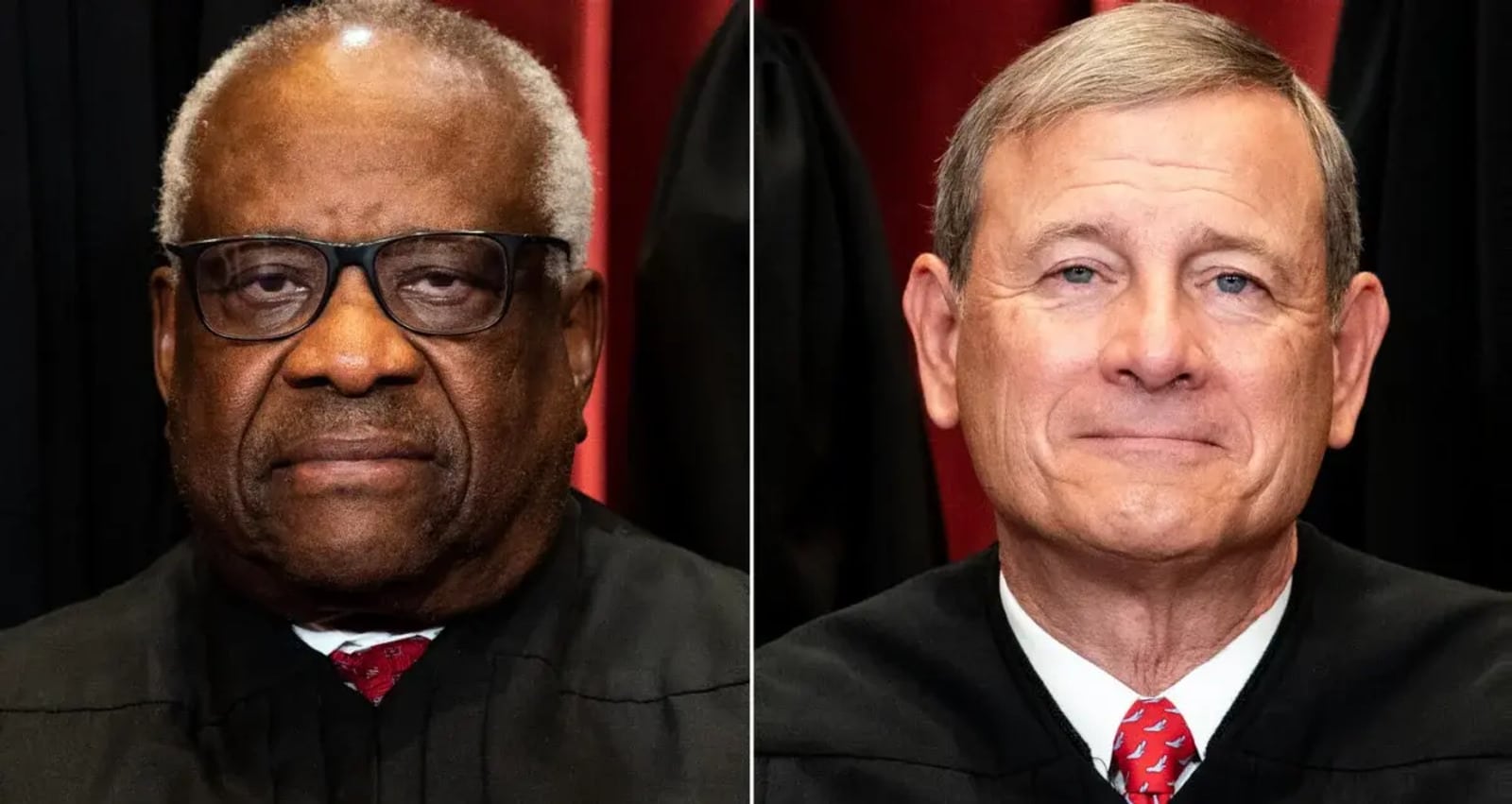OPINION: This article may contain commentary which reflects the author's opinion.
The U.S. Supreme Court ruled on Monday to allow a lawsuit against a Black Lives Matter activist filed by a Louisiana police officer injured during an incident in 2016 to move forward in a case that some say could make it harder for violent protesters to get away with harming police.
“In declining to hear DeRay Mckesson’s appeal, the justices left in place a lower court’s decision reviving a lawsuit by the Baton Rouge police officer, John Ford, who accused him of negligence after being struck by a rock during a protest sparked by the fatal police shooting of a black man, Alton Sterling,” Reuters reported.
In 2023, the New Orleans-based 5th U.S. Circuit Court of Appeals dismissed Mckesson’s argument that his rights to free speech and assembly under the U.S. Constitution’s First Amendment shielded him from the negligence claim.
Lawyers from the American Civil Liberties Union (ACLU) were representing the activist.
Reuters added:
The Baton Rouge protest was one of numerous demonstrations in the United States in 2015 and 2016 arising from incidents involving police and Black individuals. These predated the massive racial justice protests that flared in various cities in the United States and abroad following the 2020 murder of George Floyd, a Black man, by a white police officer in Minneapolis.
The 5th Circuit’s decision to allow Ford’s lawsuit could make it easier to sue protest leaders for the illegal conduct of an attendee – an outcome that, according to some legal scholars, could stifle activism seeking political or societal change.
Blane Salamoni, the officer who shot and killed Sterling on July 5, 2016, was immediately suspended and eventually fired from the Baton Rouge Police Department. A Justice Department civil rights investigation into the incident failed to find evidence to support federal criminal charges and closed the probe on May 3, 2017. According to the investigation, Sterling, who was selling illegal bootleg CDs, refused to comply with officers’ demands and fought them as they attempted to arrest him.
Seconds after a struggle began, Sterling was tased by another responding officer, Howie Lake, but Sterling managed to fight through it. At one point, as Salamoni fought with Sterling on the ground, he noticed a gun in the suspect’s pocket and yelled at Lake that Sterling was going for it when the first shots rang out.
The DOJ report added: “Investigators later confirmed that Sterling’s gun was loaded with six bullets at the time of this exchange.”
Baton Rouge police officer “Ford was among the officers assigned to make arrests of protesters on a public highway. He was struck in the face by a rock or piece of concrete hurled by an unidentified person, losing teeth and suffering head and brain injuries, according to his lawsuit,” Reuters reported.
“Ford’s lawsuit, seeking monetary damages, argued that McKesson should have known from his actions leading the protest that it would turn violent,” the outlet reported further.
The DOJ’s investigation noted the officers’ actions involving Sterling:
Following the shooting, Officers Salamoni and Lake each provided a detailed statement offering his version of how and why this shooting happened. According to the officers, Sterling was large and very strong, and from the very beginning resisted their commands. The officers reported that they responded with multiple different compliance techniques and that Sterling resisted the entire time. Both officers reported that when they were on the ground, they saw Sterling’s right hand in his pocket, with his hand on a gun.
Officer Salamoni reported that he saw the gun coming out and attempted to grab it, but Sterling jerked away and attempted to grab the gun again. Officer Salamoni then saw “silver” and knew that he had seen a gun, so he began firing. Both officers reported that after the first three shots, they believed that Sterling was attempting to reach into his right pocket again, so Officer Salamoni fired three more times into Sterling’s back.
